Kirill Sidorov
Lecturer
Cardiff University
Biography
Dr Kirill Sidorov is a lecturer in the School of Computer Science and Informatics and a member of the Visual Computing research section. His research interests span a wide range of interdisciplinary areas, especially applications of machine learning and computer vision to robotics, medicine, psychology, archaeology, crime prevention, and computational music. Dr Kirill Sidorov is also a Deputy Director of Postgraduate Research. He is a faculty advisor for the Cardiff Autonomous Racing team. Kirill is an experienced musician, with interest in composition and musicology, and a keen chess enthusiast.
- Computer Vision
- Machine Learning
- Music
- Robotics
-
PhD in Computer Science, 2011
Cardiff university
-
BEng in Computer Systems Engineering, 2006
Cardiff university
Featured
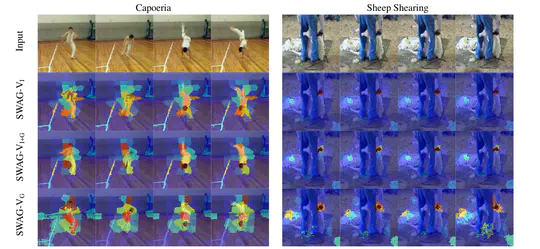
In this paper we introduce SWAG-V, an extension of the SWAG technoque for use with networks that take video as an input.
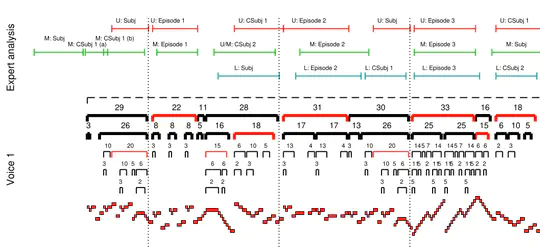
Compressive modeling of music with shortest straight-line grammars show promising performance in a variety of analytical tasks.

Presenting SWAG, a method for generating accurate explanations of CNN operation. SWAG is an accurate, efficient, and tunable drop in replacement method for Grad-CAM, LIME, or other region-based methods.
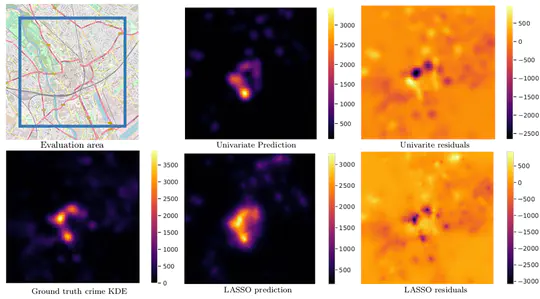
Predicting prevalence of violent alcohol-related crimes from various urban points of interest in addition to alcohol outlets yields better predictions.
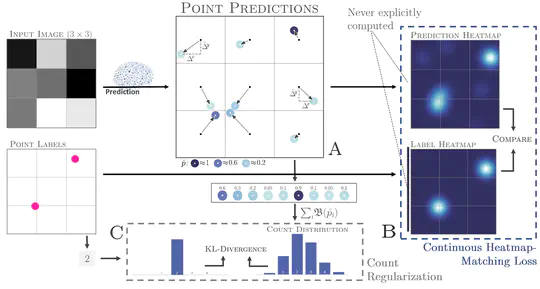
A novel approach that allows for the end-to-end learning of multi-instance point detection with inherent sub-pixel precision capabilities.
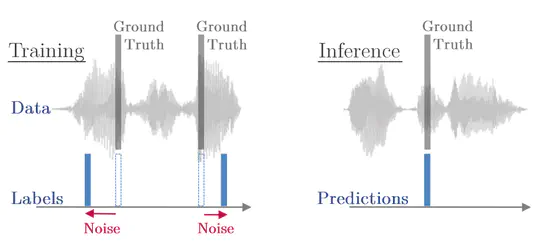
This work addresses the long-standing problem of robustly learning precise temporal point event localization despite only having access to poorly aligned labels for training.
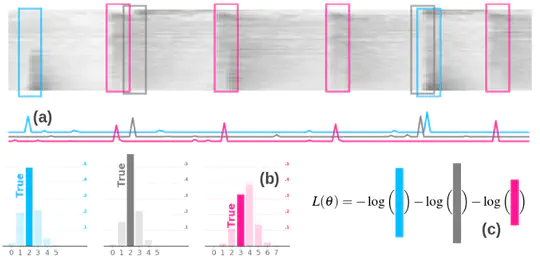
We propose a novel model for temporal detection and localization which allows the training of deep neural networks using only counts of event occurrences as training labels.
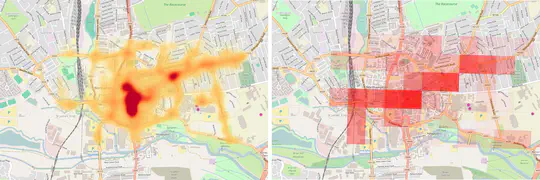
We present an agent-based simulator to predict violent alcohol-related crime from publicly available geographical data.
We address the problem of estimating the age of birch bark manuscripts from their appearance (paleographically). These birch bark manuscripts (BBMs) are one of the most valuable corpora of Old Russian texts, and a crucially important source of information about mediæval history and evolution of the language.
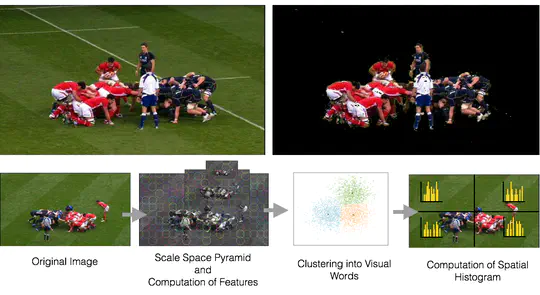
Video analysis in professional sports is a relatively new assistive tool for coaching. This paper describes a method for automatic annotation and segmentation of video footage of rugby games into specific events (e.g. a scrum).
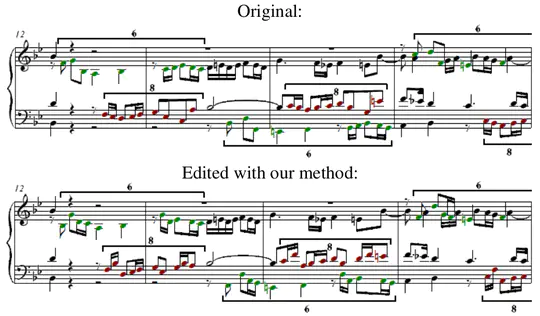
In this paper we present a novel approach to music analysis, in which a grammar is automatically generated explaining a musical work’s structure. The effectiveness of our approach is demonstrated by comparison of the results with previously-published expert analysis; our automated approach produces results comparable to human annotation.
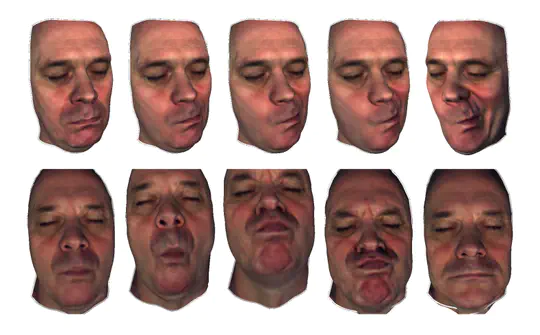
A simple twice-linear data-driven model offers great real-time performance for pseudo-mechanical simulation, while achieving a good degree of realism.
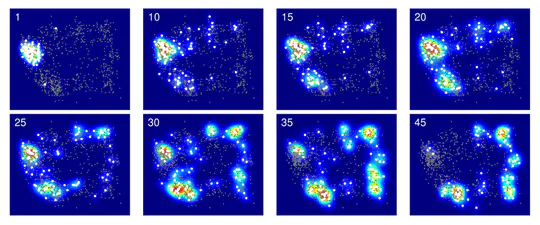
We have conducted an experiment with the intent to determine and quantify what properties of monophonic melodies humans perceive as appealing. This was done in an evolutionary setting: a population of melodies was subjected to Darwinian selection with popular human vote serving as the basis for the fitness function.

We introduce a method to apply ideas from electrostatics to parameterize the open space around an object. We also introduce a measure that quantifies the extent to which an object is wrapped by a surface. These have several applications in computer graphics, including: texturing, morphing, meshing, path planning relative to a target object, mesh parameterization, designing deformable objects, and computing coverage.
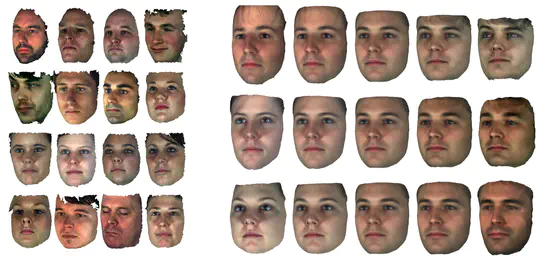
We propose a novel, efficient and reliable, fully automatic method for performing groupwise non-rigid registration of textured surfaces, such as those obtained with 3D scanners.
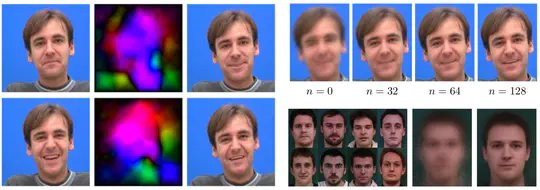
Presenting a novel, fast and reliable, fully unsupervised stochastic algorithm to search for optimal groupwise dense correspondence in large sets of unmarked images.
PhD Alumni
Publications
Contact
- sidorovk@cardiff.ac.uk
- +44 (0)29 2087 6925
- Abacws, Senghennydd Road, Cardiff, CF24 4AG